Understanding the Gimbal: Basics and Purpose
What is a gimbal?
A gimbal is a device that allows an object to rotate freely about an axis. This mechanism is essential for maintaining a stable orientation in various applications, particularly in videography and photography. Gimbals are widely recognized for their role in stabilizing cameras, enabling users to capture smooth, high-quality footage even while moving. By isolating the camera from jolts and vibrations, a gimbal enhances the visual appeal of video content, making it a vital tool for creators across different skill levels.
How gimbals work: The mechanics
At the core of a gimbal’s functionality is its mechanical structure, consisting of three separate axes: pitch (tilt up and down), roll (tilt side to side), and yaw (pan left and right). Each axis is typically controlled by motorized components that respond to the user’s movements, stabilizing the camera in real-time.
When a user tilts, rolls, or pans the camera, the gimbal’s sensors detect these movements. The motors then adjust accordingly by shifting the camera’s position back to a stable orientation, significantly reducing unwanted shake and movement. This dynamic balance enables smooth, cinematic footage, particularly valuable in fast-paced environments.
Benefits of using a gimbal in videography
The advantages of utilizing a gimbal for videography are manifold:
- Smoother Footage: Gimbals dramatically reduce camera shake, resulting in professional-quality video output that’s easier for audiences to watch.
- Creative Flexibility: With a gimbal, users can implement a variety of shooting techniques, including tracking shots, panning, and aerial sequences.
- Increased Control: A gimbal allows for adjustments in various movement trajectories, enhancing overall shooting capability and improvisation while filming.
- Better Audio Capture: By stabilizing the camera and minimizing vibration, a gimbal helps to achieve clearer audio recordings, a crucial element for video productions.
Types of Gimbals: Choosing the Right One
Handheld gimbals: Features and uses
Handheld gimbals are among the most popular choices for filmmakers and content creators. These devices are designed to be user-friendly and easy to manage for extended periods. Most handheld gimbals feature ergonomic grips, adjustable settings, and multiple shooting modes that cater to different styles of filmmaking, from narrative shorts to documentary work.
One primary advantage is portability; many handheld gimbals can be easily transported, making them ideal for travel and on-the-go shoots. Additionally, users can easily switch between different shooting positions, from high-angle shots to low-angle perspectives, all while maintaining stability.
Wearable gimbals: Ideal for action enthusiasts
For adventurous filmmakers, wearable gimbals present an innovative solution. These devices can be attached to helmets, chest harnesses, or other gear, allowing users to capture immersive action shots without sacrificing stability. The compact design and wireless operation make them superb for generating dynamic content, whether in extreme sports or documentary filmmaking.
Wearable gimbals usually come with features like automatic tracking and customizable settings that adapt to the user’s movements, which can significantly enhance the storytelling process in high-energy environments.
Smartphone gimbals: Compact and efficient
Smartphone gimbals offer an accessible entry point into the world of stabilization. Designed to accommodate the compact nature of mobile devices, these gimbals are light and portable, allowing users to produce professional-looking videos without the need for bulky equipment. They are often equipped with smart features such as built-in tracking, face detection, and app integration, enabling users to achieve smooth filming with minimal effort.
Many smartphone gimbals also include features specifically designed for the social media generation—quick sharing options, special effects, and filters—smoothing the path for content creators looking to enhance their online presence.
How to Use a Gimbal Effectively
Setting up your gimbal for optimal performance
To maximize the efficiency of a gimbal, proper setup is crucial. Begin by ensuring that your camera or smartphone is securely mounted on the gimbal. Follow these steps:
- Balancing: Ensure your camera is well-balanced by adjusting the position around all three axes. Utilize the adjustment knobs to attain perfect balance, which minimizes motor strain.
- Calibration: Some gimbals require calibration before use. This process aligns the motors with the camera, optimizing the device’s responsiveness.
- Battery Check: Ensure that both the gimbal and the camera are sufficiently charged to avoid interruptions during shooting.
- Firmware Updates: Before use, check for any firmware updates. Manufacturers often provide enhancements that improve performance.
Common techniques for smooth footage
Achieving smooth footage takes practice. Here are several effective techniques:
- Use the “Ninja Walk”: This technique involves a specific gait that minimizes vertical motion while you walk. Bend your knees slightly and allow your legs to slide forward in a smooth motion.
- Slow Movements: Rapid movements lead to jolts in footage. Practice moving your arms and body slowly when transitioning angles or positions.
- Focus on Framing: Always be conscious of your framing. Anticipate your movements and adjust your framing in advance for better compositions.
Posture and movement tips while filming
Your posture and body movements play a critical role in determining the smoothness of your footage. Consider the following tips:
- Stand Steady: Keep your feet shoulder-width apart and maintain a steady center of gravity.
- Use Two Hands: Holding the gimbal with both hands provides more control and stability.
- Engage Your Core: Maintaining an engaged core while filming provides additional stability.
Gimbal Specifications: What to Look For
Weight and balance considerations
When selecting a gimbal, consider the weight, especially in relation to your camera or smartphone. Heavier models often provide better stability but can become cumbersome over extended use. Look for gimbals that offer adjustable weight settings to accommodate different gear.
Balance is critical for achieving smooth shots. A well-balanced gimbal reduces the strain on the motors, resulting in less jitter and smoother movements. Always ensure that your setup is optimized for your particular rig.
Battery life and charging options
Battery life is a paramount consideration, particularly for extended shoots. Prioritize gimbals with batteries rated for longer usage, ideally allowing for a full day’s shooting without interruption. Look for models that utilize USB-C or other universal charging options for convenience. Additionally, features such as removable batteries can provide flexibility in extended sessions.
Smart features and compatibility
Modern gimbals come equipped with various smart features that enhance their functionality. Look for options that offer:
- Bluetooth and App Integration: Many gimbals can sync with mobile apps, unlocking additional features such as setting custom movements and using the gimbal remotely.
- Tracking Modes: Advanced gimbals offer face or object tracking, allowing for contemporary filming styles, such as vlogging or dynamic action shots.
- Camera Compatibility: Ensure the gimbal is compatible with your specific camera model, checking weight limits and connectivity options.
Maintenance and Troubleshooting Your Gimbal
Regular maintenance tips for longevity
Maintaining your gimbal is essential for ensuring its longevity and optimal performance. Follow these guidelines:
- Clean Regularly: Dust and debris can affect performance. Regularly wipe down the gimbal with a soft cloth and check for blockages in moving parts.
- Store Properly: When not in use, store the gimbal in a protective case to prevent physical damage. Avoid exposing it to extreme temperatures and humidity.
- Check Firmware Updates: Regularly check for updates, as manufacturers often improve software stability and enhance features.
Troubleshooting common gimbal issues
Despite their efficiency, gimbals can face several issues. Here are common troubleshooting solutions:
- Camera Not Balancing: Recheck the balance on all three axes and adjust weight distribution as needed.
- Intermittent Connections: If connectivity issues arise, ensure that cables are securely connected and that battery levels are sufficient.
- Motor Overheating: If the motors overheat, allow the gimbal to cool down and ensure you’re not overburdening it with heavy gear.
Upgrading your gimbal: Knowing when to invest
While gimbals can be a significant investment, it’s essential to recognize when an upgrade is necessary. Consider whether your current model meets your filming needs, particularly if you’re taking on more complex projects requiring advanced features.
Indicators for upgrading include consistent performance issues, the need for enhanced features like tracking modes, or a significant change in the type of content you wish to produce. Always keep an eye on the latest developments in gimbal technology to ensure you are using the best equipment for your needs.
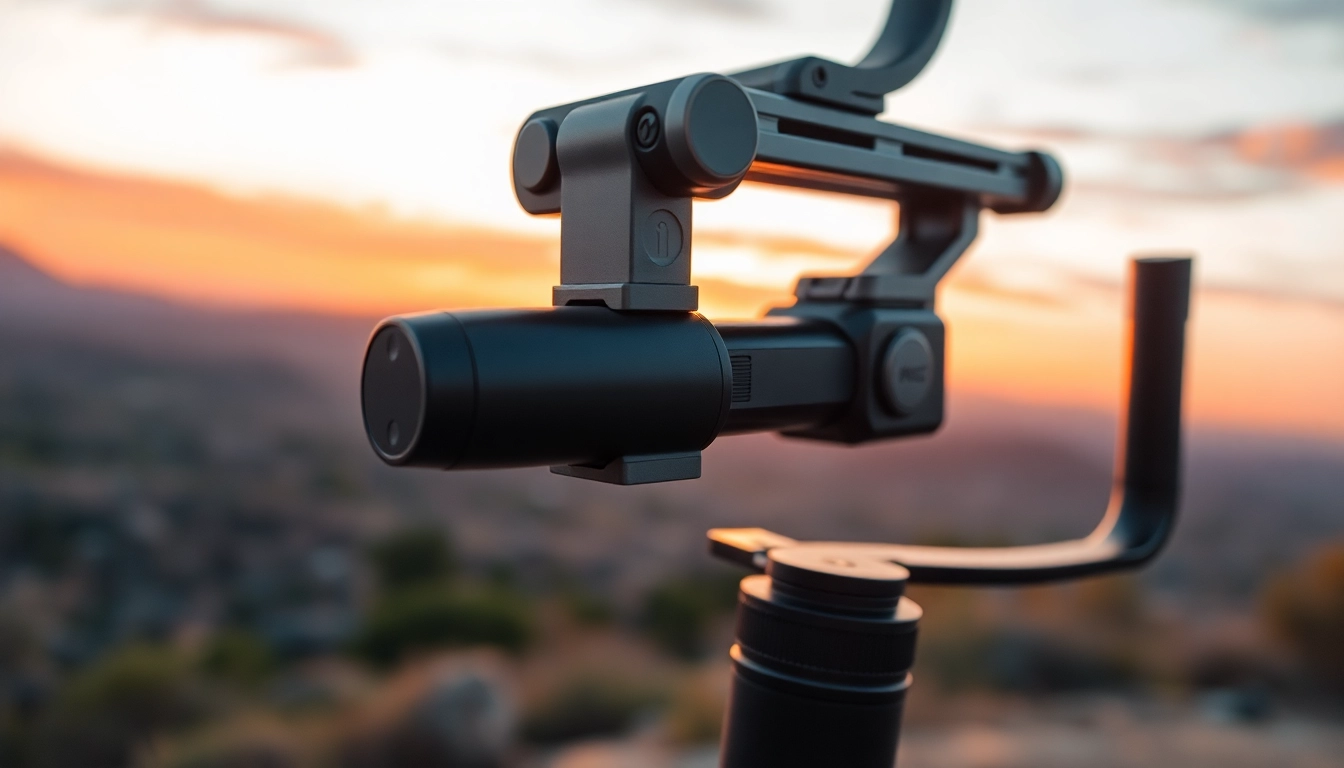


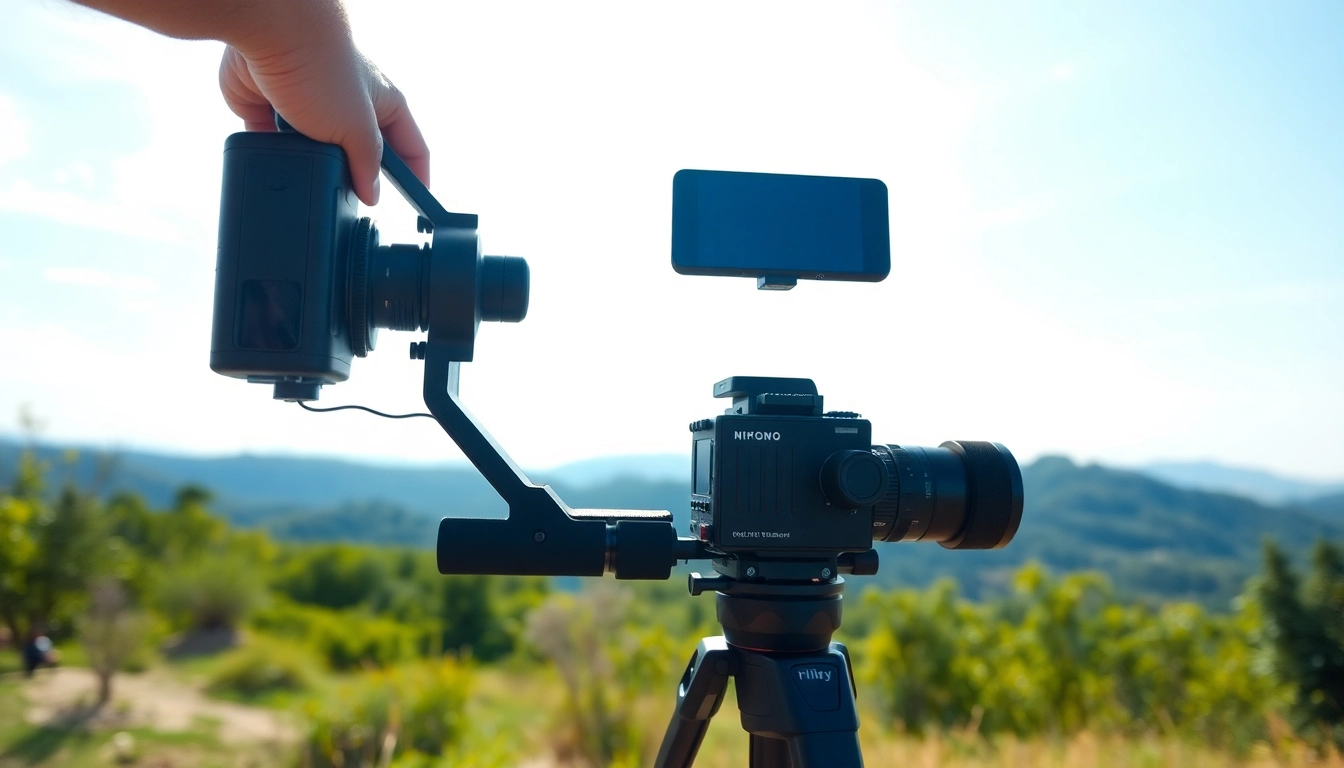

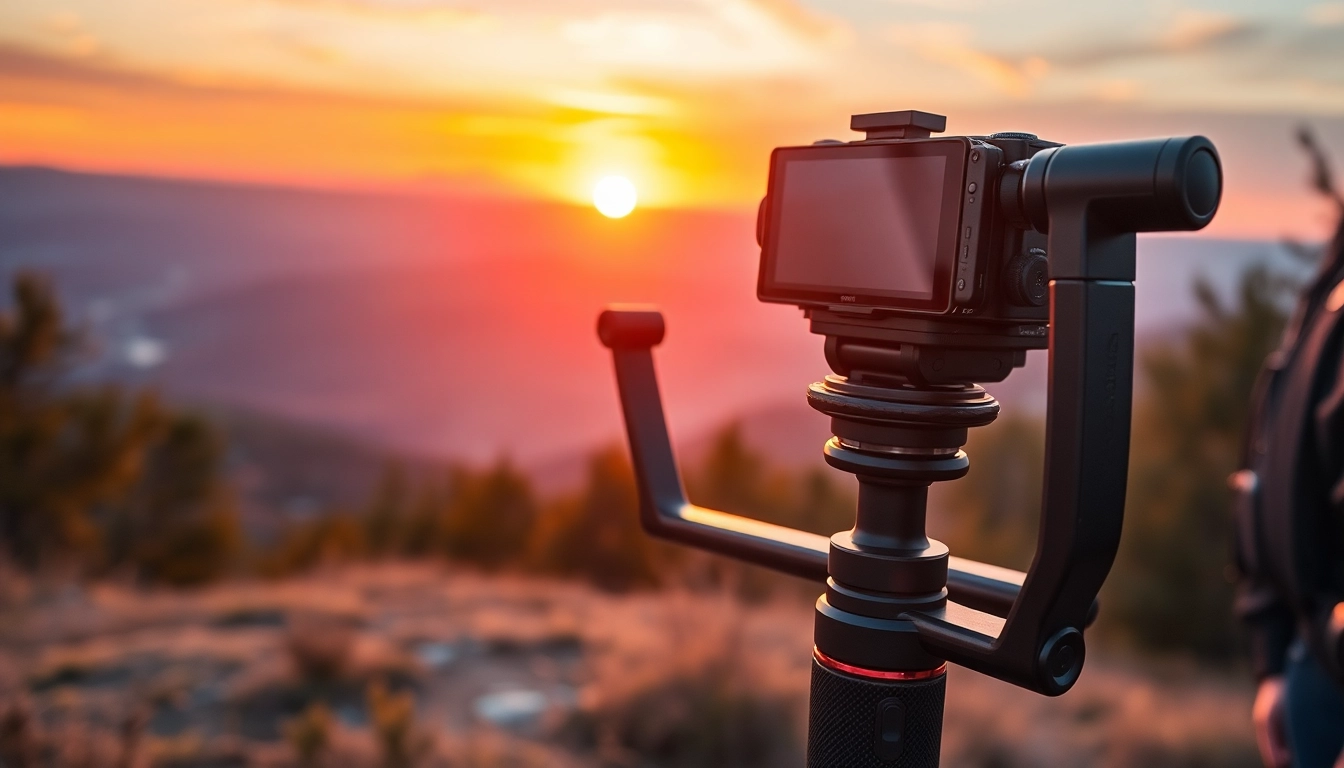
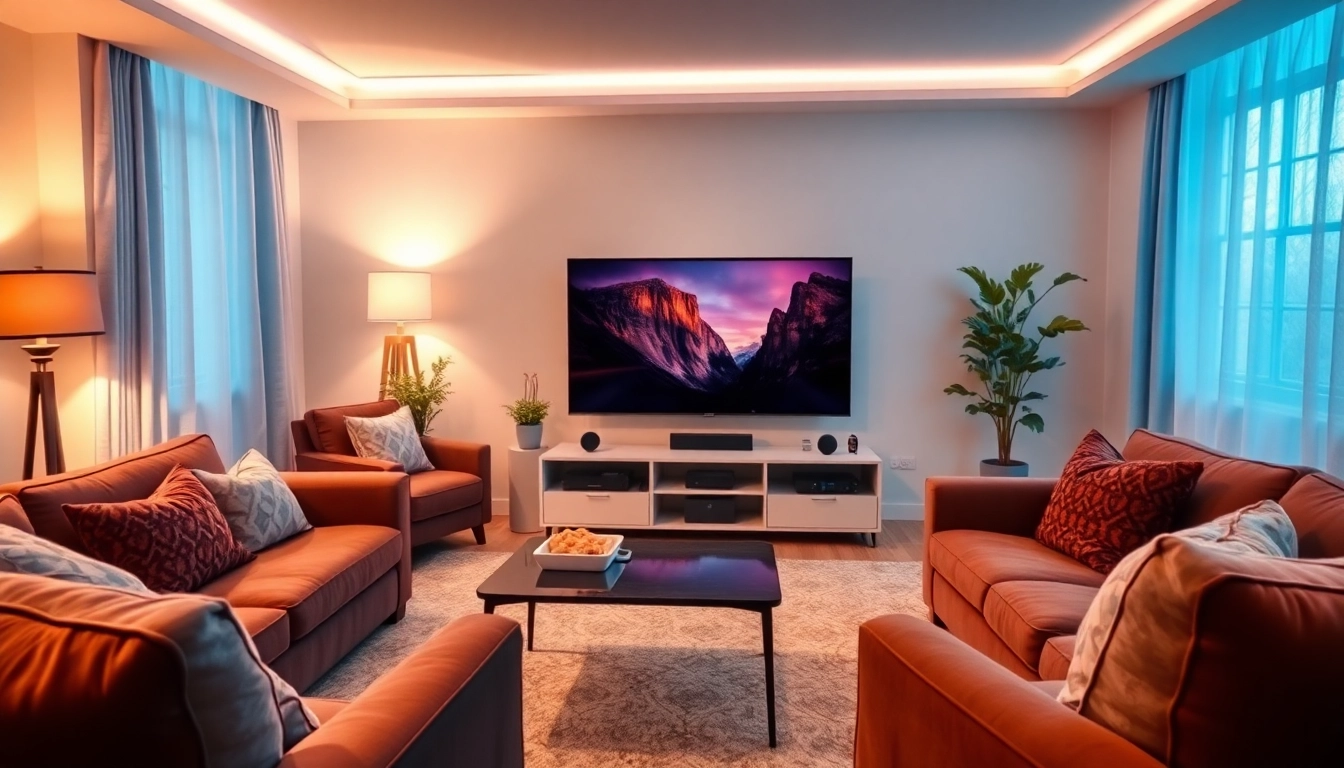
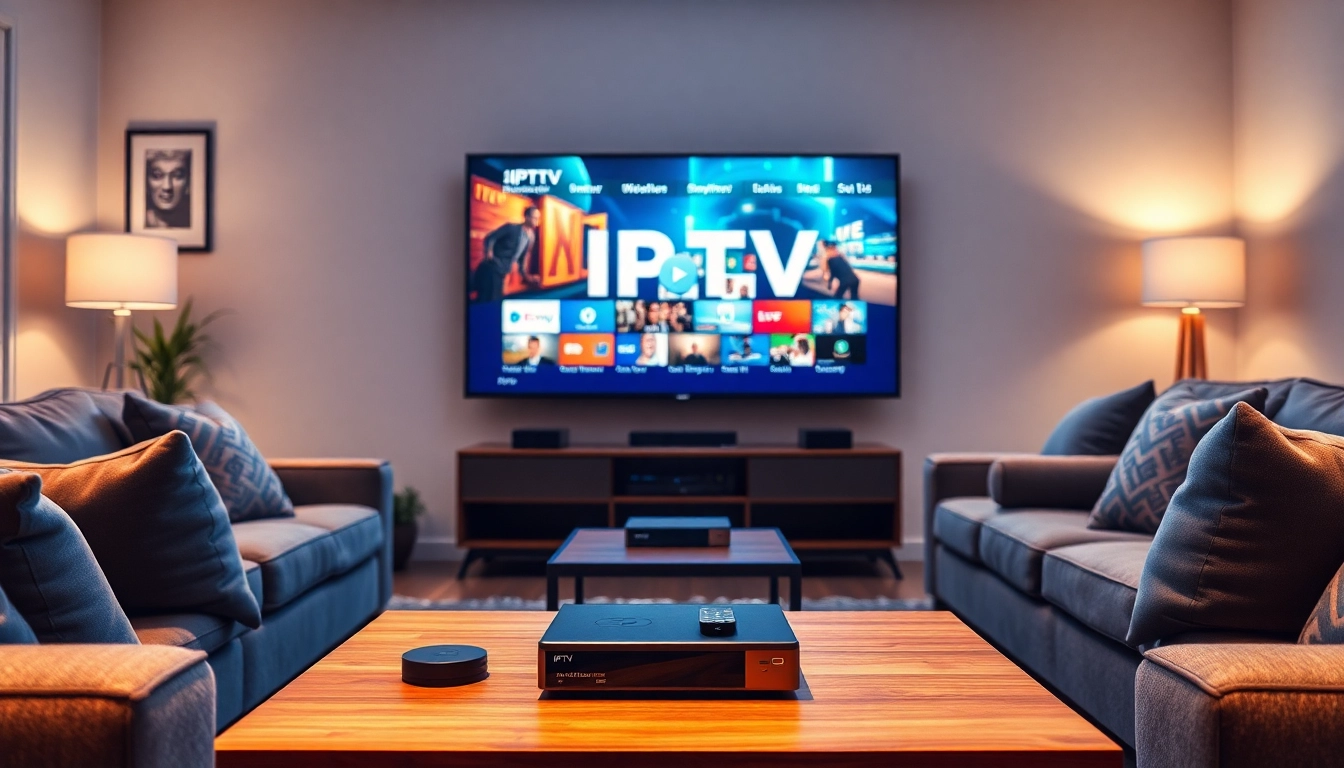

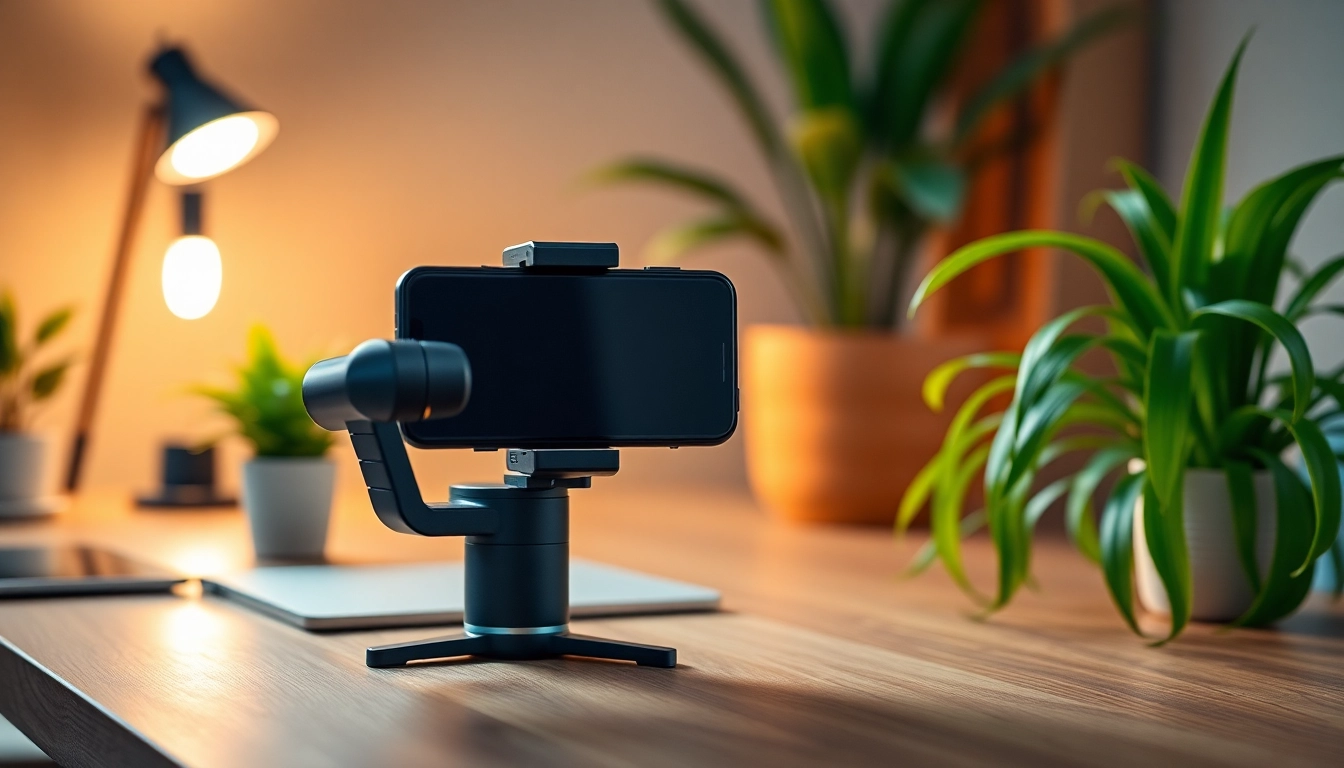

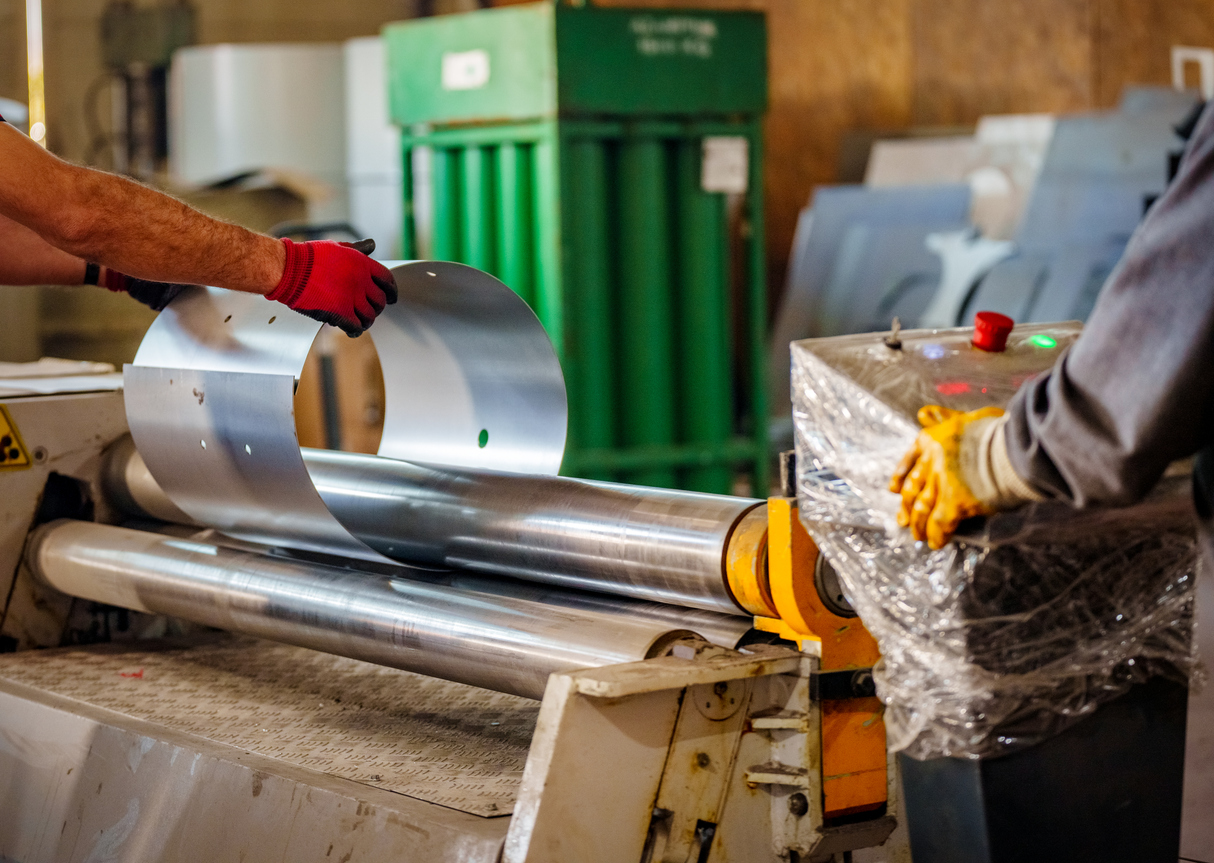



Leave a Reply